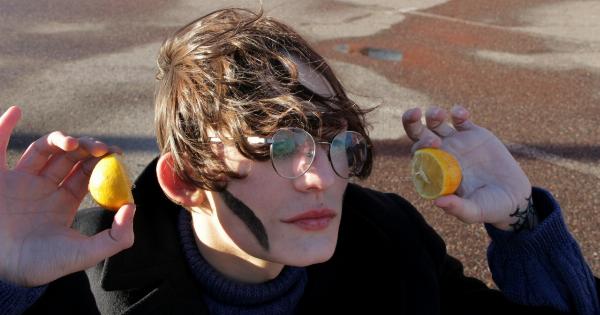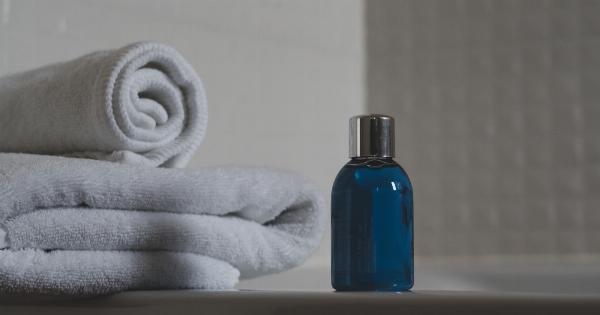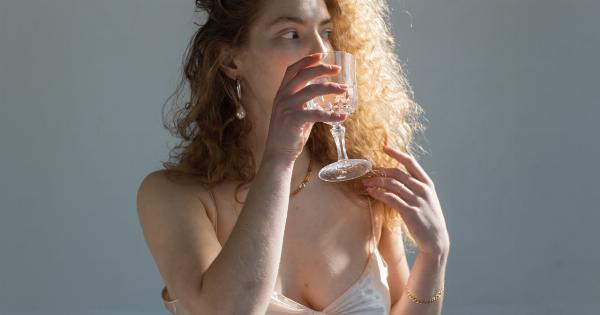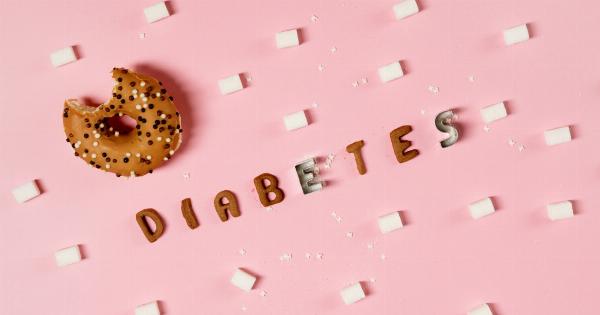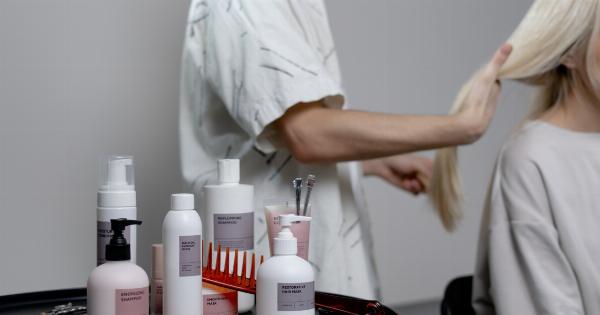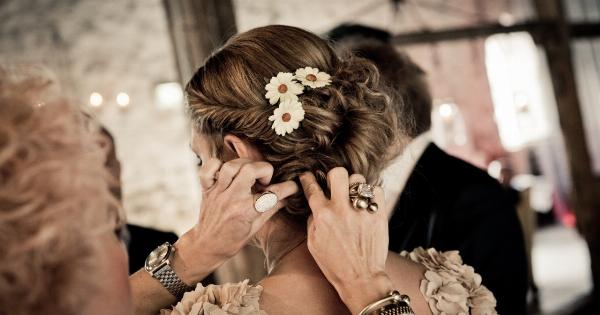Many people strive to maintain the color of their hair, whether it’s their natural shade or one achieved through coloring treatments. However, there are various factors that can cause hair color to change over time.
In this article, we will explore some common reasons for hair color changes and discuss effective strategies for keeping your hair color intact.
Understanding Hair Color
To comprehend how to prevent hair color changes, it’s essential to grasp the basics of hair color. Hair color is primarily determined by two pigments, eumelanin and pheomelanin.
Eumelanin is responsible for black and brown hair shades, while pheomelanin gives hair its red and blonde hues. The quantity and ratios of these pigments, along with the presence of air bubbles and light refraction, influence the exact color of an individual’s hair.
The Causes of Hair Color Changes
There are numerous factors that can lead to changes in hair color. Let’s explore some of the most common causes:.
Sun Exposure
Excessive exposure to the sun’s harmful UV rays can cause hair color to fade and become lighter.
This is particularly true for individuals with blonde or red hair, as these shades typically contain higher levels of pheomelanin, which is more susceptible to sun damage. To protect your hair from the sun, consider using hair products with built-in UV filters or wearing a hat or scarf when spending extended periods outdoors.
Chemical Treatments
Chemical treatments, such as hair dyes, bleaching, and perming, can significantly impact the color of your hair.
Over time, frequent or poorly executed chemical treatments can cause hair color to fade, become brassy, or even turn green (especially for individuals with blonde or light hair). If you want to maintain your hair color, it’s crucial to choose reliable, professional hair salons and use high-quality hair care products specifically formulated for colored hair.
Shampooing and Washing
The way you shampoo and wash your hair can also contribute to color changes. Regular shampooing, especially with harsh or sulfate-based products, can strip away the natural oils that help lock in hair color.
Additionally, using hot water while washing your hair can open up the cuticles, allowing the color molecules to escape more easily. To minimize color fading, opt for color-safe shampoos formulated without sulfates and wash your hair with cool or lukewarm water.
Swimming in Chlorinated or Saltwater Pools
Both chlorinated and saltwater pools can trigger hair color changes. Chlorine, a commonly used pool disinfectant, can cause hair to turn brassy or even develop a greenish tint. Saltwater, on the other hand, can have a lightening effect on the hair.
To protect your hair from these effects, it’s advisable to wet your hair with clean water before swimming and apply a leave-in conditioner or hair oil. Additionally, wearing a swimming cap can provide an extra layer of protection.
Environmental Factors and Pollution
Environmental factors and pollution can also impact the color of your hair. Air pollutants, such as dust, smoke, and exhaust fumes, can gradually build up on the hair shaft, leading to discoloration and dullness.
To mitigate the effects of pollution, cover your hair with a scarf or hat when exposed to a heavily polluted environment. Regularly washing your hair with clarifying shampoos can also help remove residual pollutants.
Age and Natural Changes
As we age, our hair undergoes natural changes due to a decrease in melanin production. This leads to the hair turning gray or white over time.
While it is impossible to prevent these natural changes, certain lifestyle choices and hair care practices can help maintain the vibrancy and health of your hair. We’ll explore some of these strategies in the next section.
Effective Strategies for Preserving Hair Color
Now that we have discussed the potential causes of hair color changes, let’s explore some effective strategies for preserving your hair color:.
Use Color-Protecting Products
Invest in high-quality hair care products specifically designed for color-treated hair. Look for shampoos, conditioners, and styling products that are sulfate-free and contain UV filters.
These products can help protect your hair color from fading, maintain its vibrancy, and provide essential nourishment to keep your locks healthy.
Maintain a Regular Hair Care Routine
Establish a consistent hair care routine that includes regular washing, conditioning, and deep conditioning treatments. Properly moisturized and nourished hair is less prone to color fading and damage.
Avoid overwashing your hair, as this can strip away natural oils and lead to color depletion. Find a routine that works for you based on your hair type, color, and specific needs.
Avoid Heat Styling
Excessive heat styling, such as blow-drying, straightening, and curling, can cause damage to your hair’s cuticles and lead to color fading. Whenever possible, allow your hair to air dry or use the lowest heat setting on your styling tools.
Before applying heat, use a heat protectant spray or serum to create a barrier that shields your hair from thermal damage.
Protect Your Hair from the Sun
As mentioned earlier, prolonged sun exposure can fade your hair color. Protect your hair from the sun’s damaging rays by wearing a hat, scarf, or using UV-protecting hair products.
If you anticipate spending significant time outdoors, consider applying a leave-in conditioner or oil for added protection and hydration.
Avoid Overexposure to Chlorine and Saltwater
Before swimming in a chlorinated or saltwater pool, wet your hair with clean water and apply a leave-in conditioner or oil. By doing so, you create a barrier that helps to protect your hair from the damaging effects of chlorine and salt.
Additionally, rinse your hair thoroughly with freshwater after swimming to remove any residual chemicals or salt from your hair.
Eat a Balanced Diet
A well-balanced diet plays a crucial role in maintaining the health and condition of your hair.
Ensure your diet includes a variety of fruits, vegetables, lean proteins, and healthy fats, as these provide the essential nutrients needed for healthy hair growth. Foods rich in vitamins C and E, as well as omega-3 fatty acids, can help maintain hair color and prevent oxidative stress.
Limit Stress and Emotional Distress
Excessive stress and emotional distress can negatively impact the health and appearance of your hair. Stress-related hormonal imbalances can contribute to premature hair graying or hair loss.
Practice stress management techniques, such as meditation, yoga, or engaging in hobbies and activities you enjoy, to help maintain your overall well-being and the health of your hair.
Regular Trims and Maintenance
Trimming your hair regularly helps remove split ends and damaged hair, giving your hair a healthier appearance. Regular trims also prevent the spread of damage, which can result in uneven coloration.
Additionally, maintaining a consistent hair care routine and addressing any hair concerns promptly can help avoid color changes caused by neglected hair.
Conclusion
While hair color changes over time are inevitable, there are several strategies you can implement to slow down the process and preserve your desired hair color.
Protecting your hair from sun exposure, chemical treatments, and harsh hair care practices, along with maintaining a healthy lifestyle, can go a long way in keeping your hair color intact. By incorporating these tips into your hair care routine, you can enjoy vibrant and beautiful hair for longer periods.











